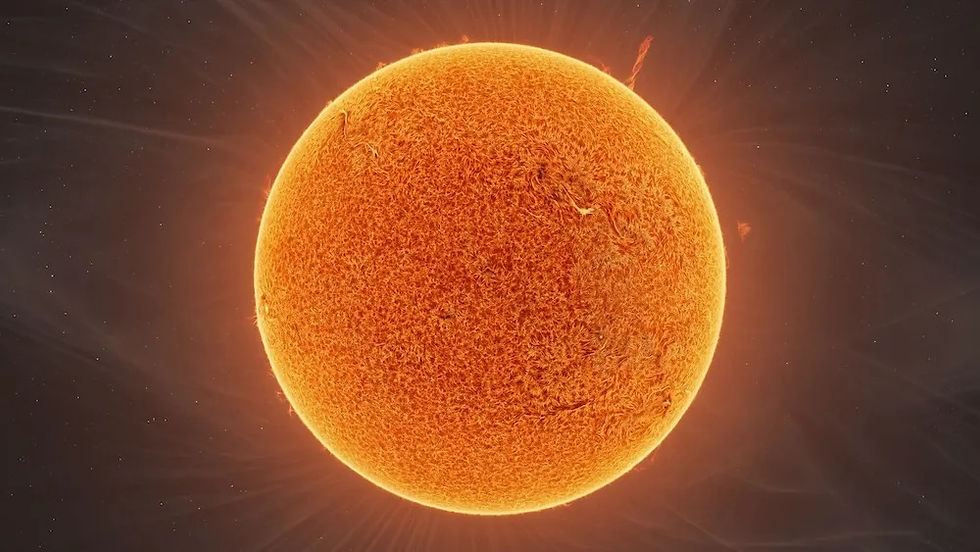A Ring of Fire and Nobel-Worthy Physics
- Max Nguyen
- Oct 29, 2023
- 1 min read
This year, October ended up being a month filled with some pretty interesting events, blending the beauty of the cosmos with groundbreaking discoveries in physics. On October 14, the skies over the Americas lit up with an annular solar eclipse. Unlike a total eclipse, this phenomenon occurs when the Moon is slightly too far from Earth to completely cover the Sun, leaving a striking “ring of fire” in the sky. Watching this celestial alignment felt like witnessing the universe’s choreography in action — a perfect balance of distance, scale, and motion. It was a reminder of how precise and beautiful the movements of our solar system can be, even from here on Earth.

On the ground, another kind of marvel was unfolding. This year’s Nobel Prize in Physics was awarded to Pierre Agostini, Ferenc Krausz, and Anne L’Huillier for their pioneering work in ultrafast physics. Their research captured the movements of electrons within atoms on attosecond timescales — an attosecond being a mind-bogglingly small fraction of a second. This discovery not only deepens our understanding of how matter behaves on the tiniest scales but also holds enormous promise for technologies like advanced electronics and medical imaging. It’s incredible to think about how much of the universe’s secrets can be unlocked by studying something so unimaginably small.
These events showcased the full spectrum of human curiosity and wonder — from marveling at the grand cosmic display of a solar eclipse to exploring the quantum realms illuminated by Nobel-winning research.



Comments